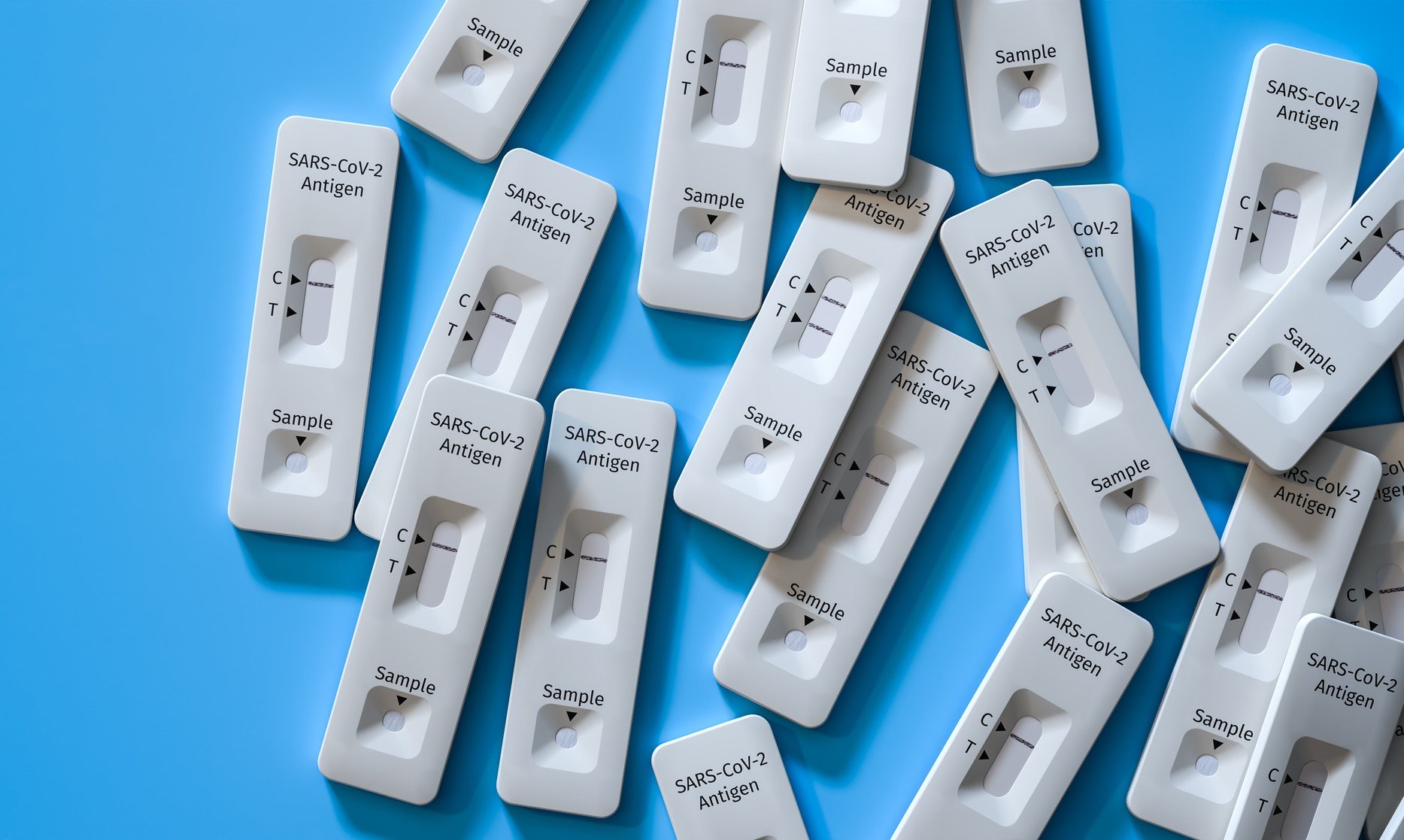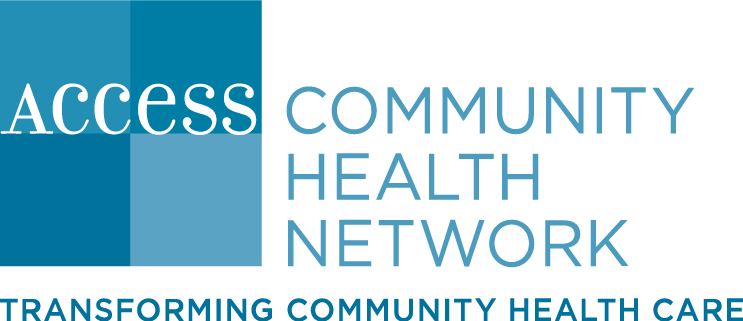
How to Understand At-Home Rapid Antigen Testing Results

Rapid antigen tests are a fast, at-home method of finding out if you are infected with COVID-19. You do not need to show any symptoms to test and results are available within 15 to 30 minutes. Doing these at-home tests regularly can be an effective way to help slow the spread of COVID-19.
When to Test:
-
Five days after an exposure or potential exposure to someone with COVID-19.
-
When you have any of the below COVID-19 symptoms:
-
Fever or chills
-
Cough
-
Shortness of breath or difficulty breathing
-
Fatigue
-
Muscle or body aches
-
Headache
-
New loss of taste or smell
-
Sore throat
-
Congestion or runny nose
-
Nausea or vomiting
-
Diarrhea
-
Before joining indoor gatherings with others who are not in your household.
Understanding Your Rapid Antigen Test Results
If you test NEGATIVE: Negative COVID-19 Results
-
A negative test result indicates that you may not be infected and may be at low risk of spreading COVID-19, but it does not rule out an infection. Depending on the day the test is taken and your viral load, it could result in a false negative.
-
If you were exposed to someone with COVID-19, isolate for five days, regardless of your vaccination status.
-
To confirm it is not a false negative result, you should test twice over a three-day period with at least 24 hours, and no more than 48 hours, between tests.
-
If you are unvaccinated and had a confirmed exposure to someone with COVID-19:
-
The date of exposure is considered day zero. Stay home and quarantine for at least five full days.
-
Get tested on day five.
-
Wear a well-fitted mask to protect others in your home.
-
Watch for symptoms until ten days after you last had close contact with someone with COVID-19.
-
If you test POSITIVE: Positive COVID-19 Results
A positive test result indicates that you are infected and may be at the risk of spreading COVID-19 to others. A false positive result is a less likely result than a false negative, but you can isolate and take another rapid test at least 24-hours later to confirm your result.
-
Isolate from others for at least five days.
-
The first day you show symptoms is considered day zero.
-
If you are asymptomatic, or not showing any symptoms, the day of your positive result is considered day zero. If you develop symptoms later, the day they first appear is considered day zero.
-
-
Tell anyone you were in close contact within 48 hours that they may have been exposed to COVID-19. A person with COVID-19 can begin spreading it starting 48 hours (or two days) before the person has any symptoms or tests positive.
-
End isolation after five days if you are fever and symptom-free. If you were severely ill with COVID-19, you should isolate for at least ten days.
-
Continue to wear a mask around others and in public for five additional days.
-
Avoid travel for ten days after your positive test.
Contact your ACCESS provider right away if your symptoms such as a fever greater than 100.4°, cough or shortness of breath, worsen.
Seek emergency medical attention if your symptoms become more severe such as trouble breathing, persistent pain or pressure in the chest, confusion, or bluish-colored skin, lips or nail-beds.
How We Can Help
If you would like to confirm your results with a PCR test, ACCESS offers free testing to anyone, but a telehealth appointment is required first. Call 1.800.836.7633 to schedule a telehealth visit with one of our ACCESS providers today or visit our COVID-19 page to learn more.
Protect Yourself and Others from COVID-19
A completed COVID-19 vaccine series and booster are the most effective way to prevent and reduce the severity of COVID-19. Schedule your first dose appointment or booster, as soon as your symptoms have resolved by calling 866.267.2353.
As of November 12, 2022
